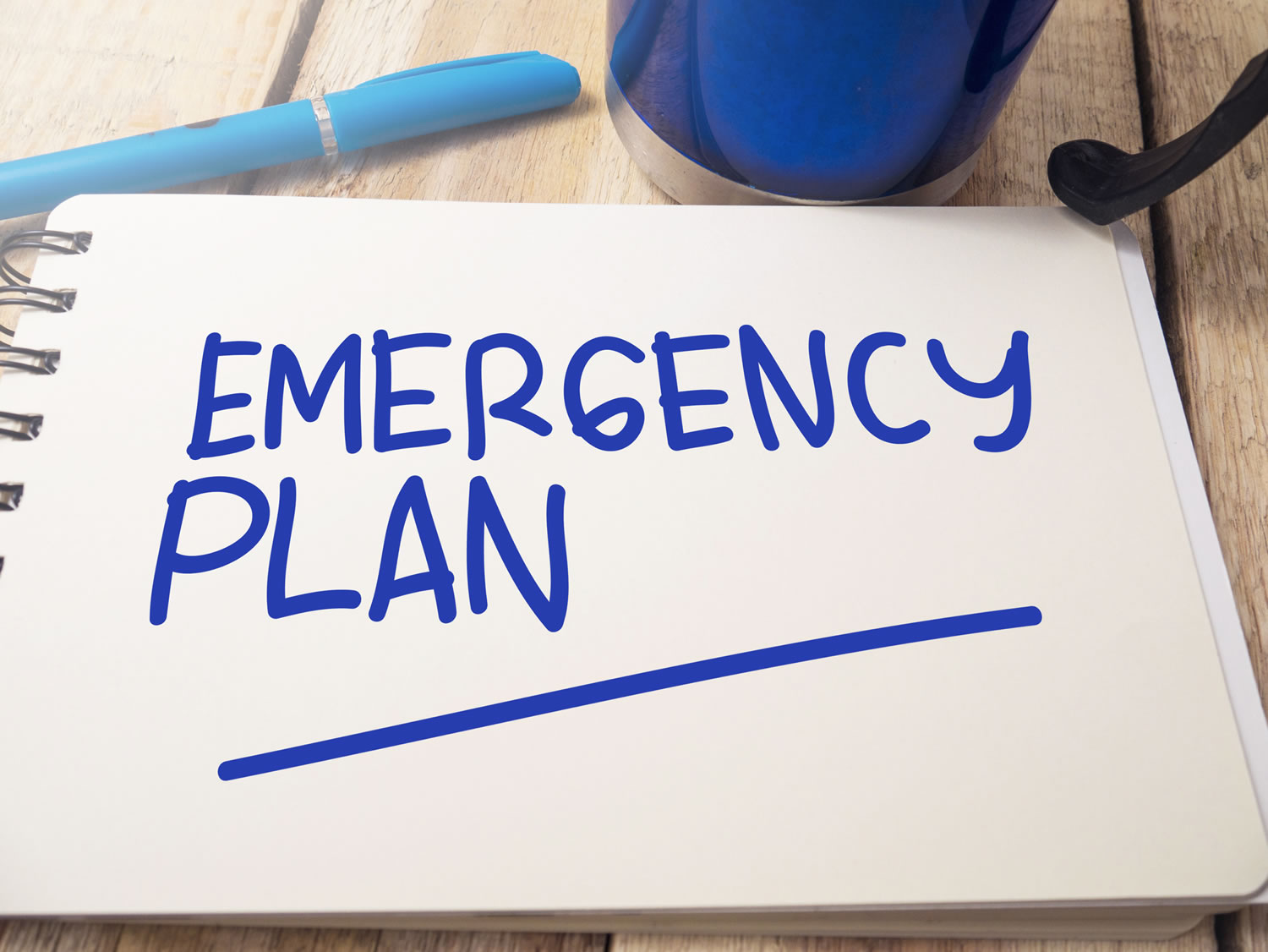Get earthquake ready
Published on Tuesday, 29 September 2020
Last updated on Wednesday, 21 October 2020

ShakeOut NZ’s national earthquake drill and tsunami hīkoi is at 9:30am on Thursday 15 October and it’s not too late to sign up to take part on the Get Ready website.
Taking part in the drill is a great way for children and staff in early education centres, kura and kohanga to learn and practice the right actions to take before, during and after an earthquake and tsunami.
According to the Get Ready website there are lots of steps early education centres can take to prepare for an emergency. This includes:
- Identifying safe places to Drop, Cover and Hold such as under a sturdy piece of furniture or against an interior wall and practise the Drop, Cover and Hold drill with staff and children.
- Checking to see if your centre is in a tsunami evacuation zone and make plans for a tsunami hīkoi if you are in a coastal area.
- Practicing your tsunami hīkoi so everyone knows where to go.
- Check your centre has an emergency plan and encouraging families to make a Household Emergency Plan at home.
- Encouraging children to help make a grab bag or emergency kit at home.
- Using What's the Plan Stan? resource to teach children about different disasters and the right actions to take.
- Use resources for primary schools, kura kaupapa and early childcare centres to help teach students about emergency preparedness and the natural hazards we have in New Zealand.
The Get Ready website offers early education centres a range of resources to support teaching around earthquake and tsunami preparedness for preschool-aged children. This includes:
Turtle Safe is an educational DVD developed to teach preschoolers what to do if they are inside or outdoors when an earthquake occurs. Educators are encouraged to hold several practice drills with children so they know what to do. View the Turtle Safe clip here.
In addition to this, educators are encouraged to talk about earthquakes to reduce children’s fear and anxiety. Children should be given opportunities to ask questions and express their feelings through talking and drawing. Remind them that earthquakes are a frightening experience for everyone, but that there are people around to help and preparedness makes everyone safer.
The Get Ready website provides the following script educators can use to talk to children about earthquakes.
An earthquake is when the ground shakes because rocks deep under the ground are moving.
When a big earthquake happens there may be a loud rumbling noise and things can start falling down around you. It might also be hard to stand up. You have to act quickly and protect yourself from things that might fall on you.
Remember how a turtle quickly gets into its shell to keep safe? Here’s what you can do.
- If you are inside, quickly get under a table, and hold on to the table legs (if you can) so the table doesn't move away from you. Stay there until the shaking stops and you are told it is safe to come out by an adult.
- If you are outside or there are no tables around, take no more than three steps away from things that can fall on you: Drop, Cover and Hold.
- Remember there may be aftershocks (more earthquakes).
- Practice your earthquake drill: Drop, Cover and Hold.
To consolidate learning about earthquakes and tsunami, the Get Ready website has a range of colouring pages which children can complete in the weeks leading up to the New Zealand ShakeOut: Drop, Cover and Hold Colouring Page – Turtle Safe and Drop, Cover and Hold Colouring Page -Under the table.
There is also a range of videos available on ShakeOut2020 available on the Get Ready website which you can view here.
Sign up to participate in ShakeOut here: https://getready.govt.nz/involved/shakeout/sign-up/
Related Articles

Techniques and tips to avoid back pain and injury
Steps educators can take to reduce their risk of injury at work and care for their body.

Keeping animals in early childhood settings
Interaction with animals offers children a range of developmental opportunities and benefits, this article explains the range of services available to give children this experience without committing to a service pet.

Preventing break-ins in your business
After a spate of break-ins in early childhood centres, this article offers suggestions for reviewing and implementing simple and effective crime and vandalism prevention strategies.
